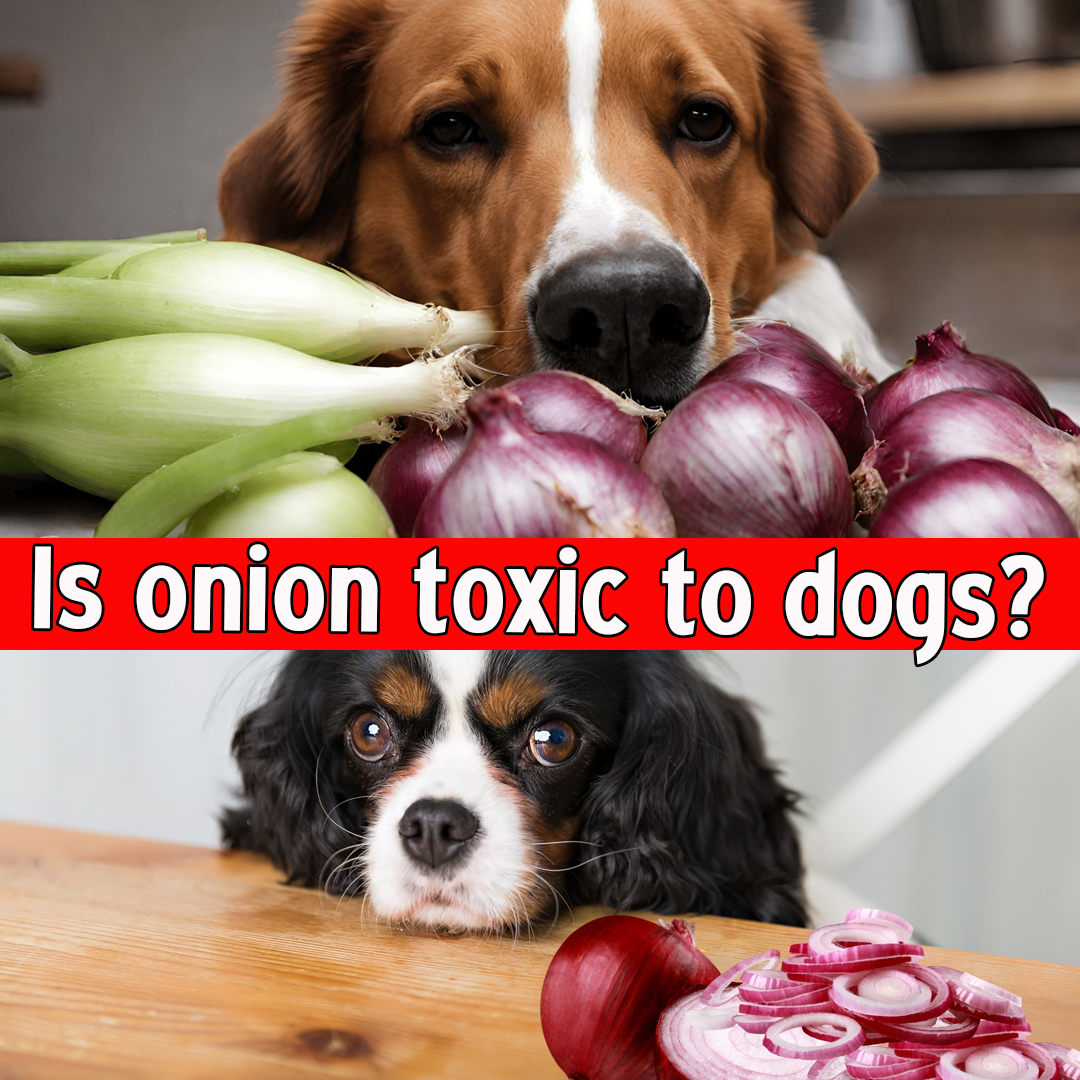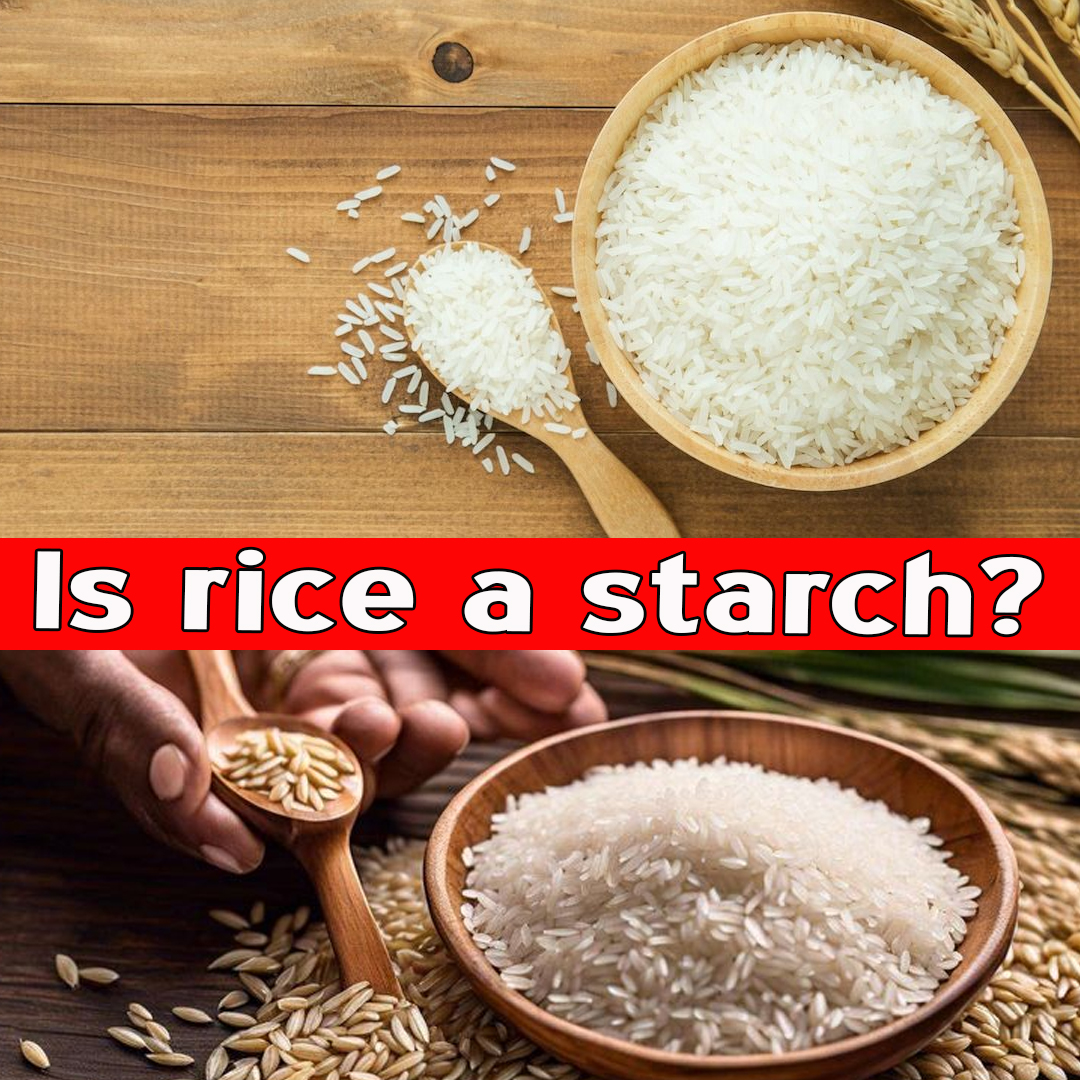Can Dogs Eat Garlic? The Truth About Garlic for Dogs

Can dogs eat garlic?
Garlic is a beloved culinary ingredient used across the globe, prized for its bold flavor and medicinal properties. However, when it comes to dogs, garlic becomes a controversial and often misunderstood topic. The simple question — “Can dogs eat garlic?” — has a complicated answer that includes toxicology, dosage, scientific research, and myths.
1. What Is Garlic and Why Is It Used in Human Diets?
Garlic (Allium sativum) belongs to the same family as onions, leeks, chives, and shallots — collectively known as the Allium family. Rich in sulfur compounds like allicin, garlic has long been known for its antibacterial, antiviral, and antioxidant effects.
In human nutrition, garlic is used for:
- Boosting immunity
- Supporting heart health
- Lowering cholesterol and blood pressure
- Fighting infections
However, just because garlic is beneficial to humans doesn’t mean it’s safe for dogs.
2. The Short Answer: Is Garlic Safe for Dogs?
No, garlic is not safe for dogs in general.
Garlic is considered toxic to dogs by veterinary experts and organizations like the American Kennel Club (AKC) and the ASPCA (American Society for the Prevention of Cruelty to Animals).
Even in small amounts, garlic can cause health problems in dogs — especially over time or when consumed in large doses. In high quantities, garlic can cause oxidative damage to red blood cells, leading to a potentially fatal condition known as hemolytic anemia.
3. Why Is Garlic Toxic to Dogs?
A. The Culprit: Thiosulfates
Garlic contains compounds called thiosulfates, which are harmless to humans but toxic to dogs and cats. These compounds can damage your dog’s red blood cells, impair their ability to carry oxygen, and lead to anemia.
B. Cumulative Toxicity
Garlic toxicity can be acute or chronic:
- Acute toxicity: Occurs when a dog eats a large amount at once.
- Chronic toxicity: Occurs with small amounts consumed regularly over time.
C. How Much Garlic Is Toxic to Dogs?
Studies indicate that as little as 15–30 grams of garlic per kilogram of body weight can produce harmful effects.
To put that in perspective:
- 1 garlic clove = ~3–7 grams
- A 10kg dog may experience toxic effects after ingesting just 2–5 cloves of garlic
However, even smaller doses over time can be dangerous.
4. Symptoms of Garlic Poisoning in Dogs
If your dog has eaten garlic, watch for these symptoms — which may appear within 24 hours or up to 4 days later:
Early Symptoms
- Vomiting
- Diarrhea
- Drooling
- Abdominal pain
- Dehydration
- Lethargy
Later or Severe Symptoms (Anemia)
- Pale gums
- Rapid breathing or panting
- Weakness
- Jaundice (yellowing of eyes/skin)
- Discolored urine (red or brown)
- Elevated heart rate
- Collapse
If you notice these symptoms, seek emergency veterinary care immediately.
5. Scientific Studies on Garlic Toxicity in Dogs
A pivotal study published in 2000 by the American Journal of Veterinary Research examined the effects of garlic on dogs.
- Study Design: Dogs were given 1.25 ml of garlic extract per kg of body weight daily for 7 days.
- Findings:
- Damage to red blood cells was evident
- Oxidative injury occurred even though the dogs did not exhibit full-blown anemia
Conclusion: Garlic is toxic to dogs in surprisingly small amounts, and damage can occur even before visible symptoms arise.
6. Myths and Misconceptions About Garlic for Dogs
Despite the scientific warnings, some pet owners and holistic veterinarians promote garlic for dogs.
Claim: “Garlic is a natural flea and tick repellent.”
- Reality: No strong scientific evidence supports this. Garlic may slightly alter body odor, but not enough to deter fleas or ticks safely.
- Risk > Benefit: The toxicity outweighs any marginal insect-repellent effect.
“Small amounts of garlic are safe.”
- Reality: There is no universally safe dose. Sensitivity varies by breed, age, and individual dog.
Claim: “Asian dog breeds are more sensitive to garlic.”
- Reality: This is partially true. Akitas, Shiba Inus, and other Asian breeds have red blood cells that are more susceptible to oxidative damage.
7. What If Your Dog Accidentally Ate Garlic?
Step-by-Step Guide:
A. Determine the Amount and Type
- Was it raw garlic, garlic powder, cooked garlic, or garlic bread?
- How much was consumed?
- Note your dog’s weight and breed.
B. Call Your Veterinarian or Emergency Pet Poison Helpline
- ASPCA Poison Control: 1-888-426-4435
- Pet Poison Helpline: 1-855-764-7661
C. Monitor Symptoms
- Check for vomiting, lethargy, pale gums, or breathing issues.
D. Veterinary Treatment May Include:
- Inducing vomiting (if ingestion was recent)
- Activated charcoal
- IV fluids
- Blood transfusions (for severe anemia)
8. Garlic in Commercial Dog Food and Supplements
Some dog food brands or supplements contain trace amounts of garlic or garlic powder. Manufacturers claim the amount is non-toxic and helps with:
- Flavor enhancement
- Immune support
- Pest control
However:
- These uses are controversial and not universally endorsed.
- Always consult your vet before giving garlic-containing supplements.
9. Safe Alternatives to Garlic for Dogs
If you’re looking to boost your dog’s health or repel fleas naturally, here are safer options:
For Immune Support:
- Pumpkin
- Turmeric (small amounts)
- Blueberries
- Bone broth (low-sodium)
For Flea and Tick Repellent:
- Coconut oil
- Brewer’s yeast (vet-approved dosage)
- Apple cider vinegar (diluted, for topical use)
- Regular grooming and flea treatments
10. Final Verdict: Should Dogs Ever Eat Garlic?
❌ Do NOT feed your dog garlic intentionally.
Even if some sources claim “small doses are okay,” the potential for toxicity is real, and the margin between safe and dangerous is very narrow.
Veterinary consensus: Avoid garlic for dogs in all forms — raw, cooked, powdered, or in supplements — unless explicitly prescribed and dosed by a professional veterinarian.
11. Frequently Asked Questions (FAQ)
Q1: Is garlic bread safe for dogs?
No. Garlic bread contains butter, oil, and often salt — all of which can upset your dog’s stomach. Plus, the garlic itself is toxic.
Q2: Can dogs eat garlic chicken or garlic-flavored meat?
Avoid it. Even small amounts of garlic in seasoning can be harmful over time.
Q3: Are onions more toxic than garlic for dogs?
Both are toxic. Garlic is about 5 times more potent than onions per gram, making it particularly dangerous.
Q4: Are there any dog-safe herbs?
Yes! Consider:
- Basil
- Parsley (flat-leaf)
- Turmeric
- Rosemary (in small amounts)
Q5: My dog seems fine after eating garlic. Should I still worry?
Yes. Damage to red blood cells may not show symptoms immediately. Always consult your vet after ingestion.
12. Conclusion: Protect Your Pup — Skip the Garlic
Garlic may be a powerhouse in human health, but for dogs, it’s a potential toxin. The benefits touted by some sources are not backed by strong veterinary science, and the risks are significant. Even a few cloves or consistent low-dose exposure can cause irreversible damage to a dog’s red blood cells.
If you’re ever in doubt, the best decision is to keep garlic out of your dog’s bowl and explore safer alternatives for boosting health, immunity, or pest resistance.















Leave a Reply